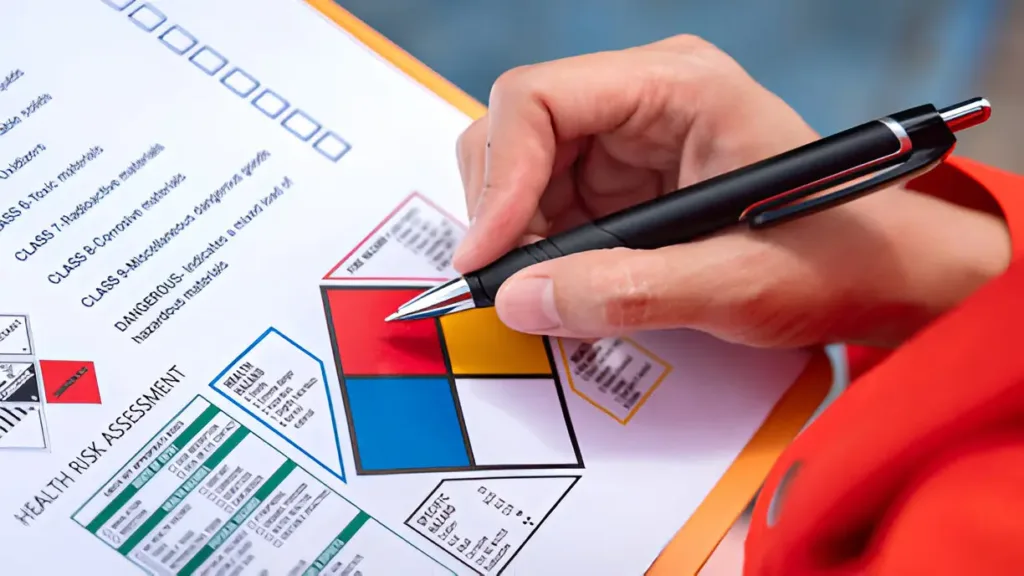Selecting the perfect writing paper is essential for enhancing your writing experience, whether for personal journaling, professional correspondence, or creative projects. This ultimate guide will help you navigate the various types of writing paper, considering factors such as texture, weight, and finish to match your specific needs.
Discover how the right choice can improve your writing comfort, presentation, and overall satisfaction, making each pen stroke a pleasure.
Writing Paper Types
There are many types of writing paper. Here are the most common ones:
Copy Paper
Copy paper is what you use in printers and copiers. It’s affordable and works well for everyday printing tasks. If you need to print homework, reports, or flyers, this paper is a good choice.
Notebook Paper
Notebook paper is what you find in spiral notebooks and binders. It’s perfect for taking notes in class or jotting down ideas. The lines help keep your writing neat and organized.
Stationery Paper
Stationery types are for special occasions. It’s often used for writing letters, invitations, or thank-you notes. This paper comes in different colors and designs, making your message feel more personal.
Art Paper
Art paper is thicker than regular paper. It’s great for drawing, painting, and other crafts. Different types include watercolor paper, sketch paper, and construction paper. Each type is made for specific artistic techniques.
Resume Paper
Resume paper is high-quality and sturdy. It gives a professional look to your resume or cover letter. Using this paper can make a good impression on potential employers.
Features to Consider
When choosing writing paper, consider these features:
Weight
Paper weight is measured in GSM (grams per square meter). The higher the GSM, the thicker the paper. For example, copy paper is usually around 80 GSM, while art paper can go up to 300 GSM. Choose a weight that suits your needs. Thicker paper is sturdier but more expensive.
Finish
The finish of the paper affects how it feels and looks. Here are some options:
Matte: Non-reflective and smooth. Good for writing and printing.
Glossy: Shiny and smooth. Great for photos and presentations.
Textured: Has a unique feel. Often used for art and invitations.
Color
White is the most common color for writing paper. However, colored paper can make your work stand out. Consider using pastel shades for letters or vibrant colors for art projects.
Size
Standard letter size (8.5 x 11 inches) is common in the US. But, there are other sizes too:
Legal: 8.5 x 14 inches. Used for legal documents.
A4: 8.27 x 11.69 inches. Common in Europe.
A5: 5.83 x 8.27 inches. Half the size of A4. Great for planners and journals.
Tips for Choosing the Right Paper
Here are some tips to help you choose the right writing paper:
Know Your Purpose
What will you use the paper for? Printing, drawing, writing letters?
Try Samples
If possible, test different types of paper before buying in bulk. There are also letter writing sets that can offer you with a wide selection.
Consider the Finish
Think about how the paper will feel and look.
Check Compatibility
Make sure the paper works with your printer or art supplies.
Learn More About Writing Paper
Choosing the right writing paper can make a big difference in your work. Whether you need it for school, work, or art, there’s a paper out there for you. Keep these tips in mind, and you’ll find the perfect match in no time.
Also Read – Future of Learning: Innovative Educational Trends to Watch
